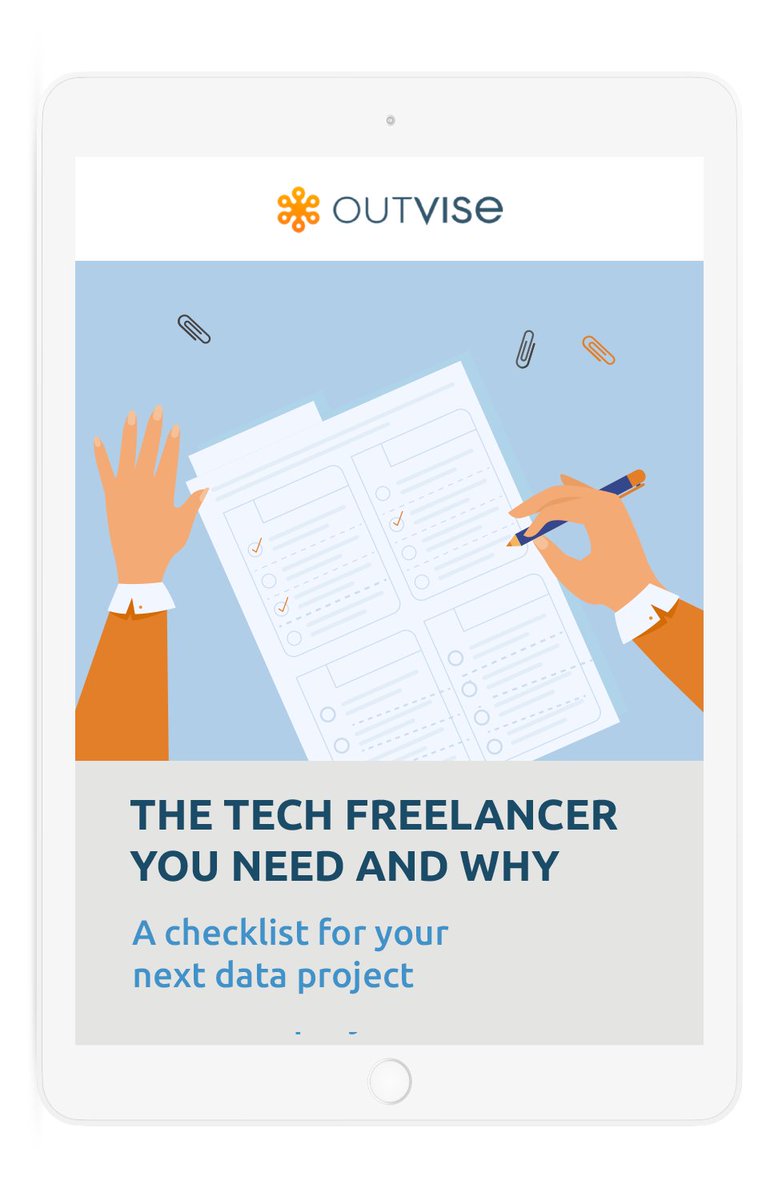Resulta un tanto curioso comprobar como las empresas todavía realizan sus planes de marketing o de salida al mercado dejando de lado la ciberseguridad. Como mucho se incluye la informática, pero ¡no es lo mismo!
Más curioso aun nos parece que las empresas tecnológicas tampoco lo hagan. ¿Es posible eso? Pues si, lo es. Lo podemos garantizar. No os lo podéis ni imaginar. Así que hoy queremos empezar por el principio y contaros algo del primer eslabón de la ciberseguridad, como es el antivirus.
TECNOideas os recomienda…
En TECNOideas 2.0 ciberseguridad somos expertos en estos temas. Y una de nuestras premisas es no recomendar nunca nada que nosotros no hayamos testado o probado en nuestros propios sistemas. Por eso hoy os queremos hablar de Bitdefender. Se trata de una compañía de seguridad informática que ¡oh, sorpresa!… nació en Rumanía. Hoy tiene oficinas en algunos de los países más influyentes del mundo: Estados Unidos, Gran Bretaña, Alemania… y también España. Sus laboratorios descubren 400 nuevas amenazas por minuto y procesan cada día 30.000 millones de consultas sobre amenazas. Así que ya veis, no todo lo bueno del mercado sale de California.
Uno de sus productos estrella es su antivirus. Como os decimos, nosotros lo hemos probado, lo hemos comparado con otros antivirus, incluidos los que provienen de las grandes marcas que todos conocemos. Y nuestros resultados confirman que vale la pena recomendarlo.
Si queréis que os expliquemos más cosas de este antivirus, probarlo, que os lo instalemos o cualquier otro tipo de consulta, no tenéis más que contactarnos.
¡Ah, se me olvidaba! Tenemos nuevas oficinas en Barcelona.
Nos hemos trasladado a una de las esquinas más céntricas y bien comunicadas de Barcelona: Balmes / Còrsega. Estamos a un paso de la Avenida Diagonal y de la Rambla Catalunya, en un edificio de oficinas.
La nueva dirección es:
Calle Balmes 152, 1º-1ª.
08008-Barcelona
Tel.: 936 065 250 +34 936 065 250
info@tecnoideas20.com
¡Os esperamos!






















